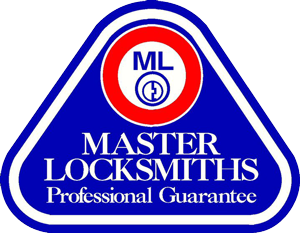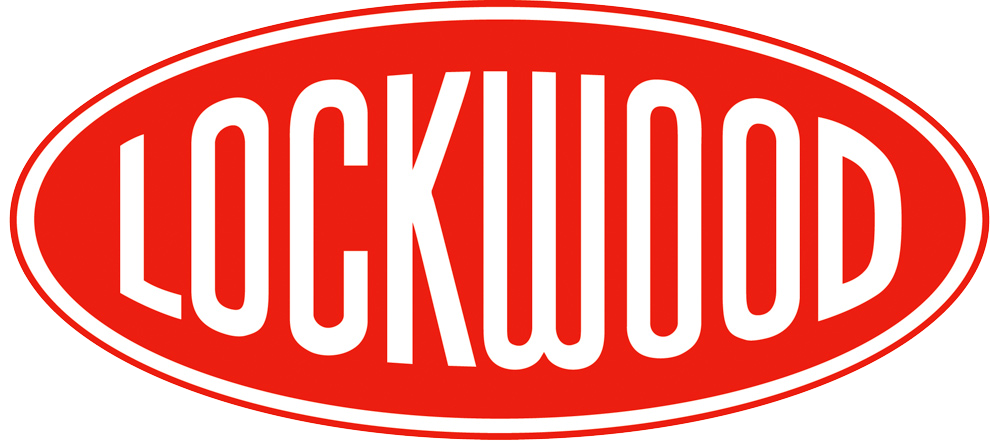Our Code of Practice
Introduction
Our Code of Practice provides guidance to our Members in their pursuit of the craft of locksmithing. The objectives of the Code are to ensure that high professional standards are maintained, that legal requirements are complied with, and to enhance the image and reputation of Locksmiths and the craft of locksmithing.
Compliance with this Code is a requirement of membership of the Locksmiths Guild of Australia Inc.
General
- The nature of the profession of Locksmithing imposes upon its practitioners an obligation to serve their clients and the community in a manner in accordance with the highest moral principles. The practice of the craft of locksmithing must be based on sound engineering knowledge and craftsmanship together with an ethos, which embraces honesty, a sense of fairness and fidelity to each client’s security.
- Locksmiths are expected to practice their craft with dignity, and to at all times avoid any improper or questionable situation or method of work.
- Where required by Commonwealth or State law, Locksmiths are to hold current licences and ensure that they and their employees observe the letter and the spirit of laws governing their craft.
Security Confidentiality
- Locksmiths are to keep secure within the craft the special knowledge and skills on which the craft is based in order to protect their clients and the community. This does not remove the obligation to advance the interests of locksmithing by the interchange of general information and experience with their fellow Locksmiths.
- Locksmiths must keep confidential any knowledge of their clients’ business or operations acquired through the Locksmith/Client relationship. In particular, any details of security equipment, procedures and practices must be handled strictly on a “need to know” basis.
- Records of any clients’ systems maintained and kept at the Locksmith’s premises are to be stored in secure conditions away from public access and view.
- As a general rule the level of physical and intruder alarm security of information on client systems held by Locksmiths is to be at least that provided at the client’s installation or premises.
- Technical manuals relating to codes lock manipulation, safe or automotive opening are to be kept under secure conditions with access available to authorised persons only.
Restricted Keying Systems
- Procedures for the duplication of restricted keys are to be strictly in accordance with the rules for security keys published by the Security Industry Council of NSW.
- Such procedures must always include the recording of all keys cut for any system together with the identity of the person(s) receiving the keys. Issue of any restricted key is to be underwritten receipt, which must include date of issue.
- All keys cut for a restricted system are to be serially numbered, unless the client concerned specifically directs otherwise.
- Where restricted key system records are kept by computer or electronic data, storage access to records is to be controlled by secure passwords.
- Strict records are to be kept of the receipt and issue of all restricted key blanks. These records are to include any spoilt or miscut keys and details of their disposal. Such records are to be stored separate from the key blanks. Where restricted key system records are kept by computer or electronic data, storage access to records is to be controlled by secure passwords.
- All restricted key blanks are to be stored in a safe or equivalent secure container.
High Security Systems
- All procedures used in the setting up and servicing of high security systems are to be in accordance with the manufacturer’s policy and instructions. All tolerances must meet manufacturer’s specifications.
Other keys that require Special Procedures
- Certain other keys require special procedures. These include safe keys and any key stamped or marked “MASTER”, “GMK”, or “MK”. Such keys require identification and authorisation prior to duplication.
Gaining Entry
- Locksmiths performing a gain entry service in the case of lockouts of premises or vehicle must obtain positive identification of the person requesting entry and be certain of that person’s authority to enter the premises. A photographic ID card such as a driver’s licence is a satisfactory form of identification. Where this is not available, other forms of identification must be sought and the Locksmith must be satisfied with the identity of the person requesting entry before opening the premises or vehicle.
- The Locksmith is to enquire into the person’s authority for entering the premises or vehicle and request appropriate evidence of that authority.
- In all cases where the Locksmith is not satisfied with the identity or authority of the person requesting the service, the Locksmith is to suggest that the local Police be contacted for verification or attendance. If this suggestion is declined the Locksmith must not open the premises or vehicle.
- In all instances of gain entry service, the Guild’s Gain Entry form or equivalent must be completed. Completed forms are to be filed and kept for a minimum of three years.
Evictions and taking Possession
- Locksmiths requested to provide a service in relation to evictions and other cases of taking possession under court or tribunal order must be satisfied they are acting properly. Where a person requesting the service is other than a Court Officer, Sheriff’s Officer or Police Officer, they must sight and record details of the relevant court order. Where the service is requested by a Court Officer, Sheriff’s Officer or Police Officer, that officer’s name and identification number is to be recorded by the Locksmith.
- Where the person requesting the service is an accountant acting in a court appointed role such as receiver, a solicitor acting for the owner of the premises, or a licensed real estate agent, a written order on that person’s firm’s letterhead is required.
Building Codes
- Locksmiths are to be familiar with the relevant sections of the Building Code of Australia and other local codes concerned with locks and other door hardware. In particular, those provisions relating to fire and escape doors must be complied with and any possible contraventions advised to the client for determination.
Masterkey System Integrity
- Locksmiths must not attempt to expand existing restricted masterkey systems unless they are in possession of all relevant coding charts. Where these cannot be obtained, the client is to be referred to the originating Locksmith or manufacturer. If this is not possible or in accordance with the client’s wishes, the entire system must be rekeyed.
Safe Servicing and Opening
- When conducting safe or vault opening or safe servicing in a public area suitable screening is to be erected to prevent exposure to public viewing.
- Any repairs to safes or vault doors necessary following an opening are to be performed in such a way as to return the safe to the same level of protection or better, as provided before the opening. Where this is not possible, the client is to be advised and direction sought.
- Whenever possible, safe opening by the Locksmith is to be confined, in the first instances to unlocking of the mechanism. The actual opening of the door should be carried out by the client and the contents removed by the client before any further work is carried out.
CONTACT DETAILS
GYMPIE MASTER LOCKSMITHS



